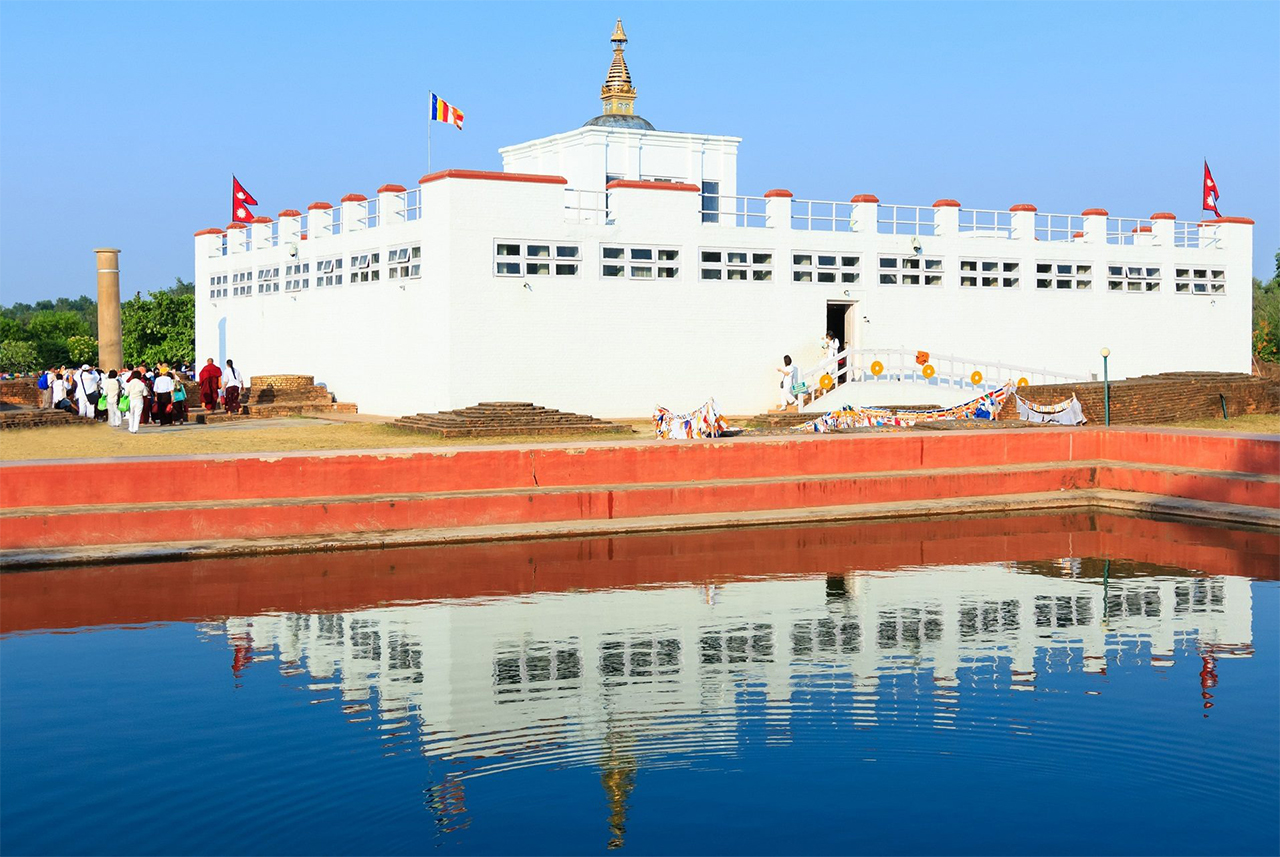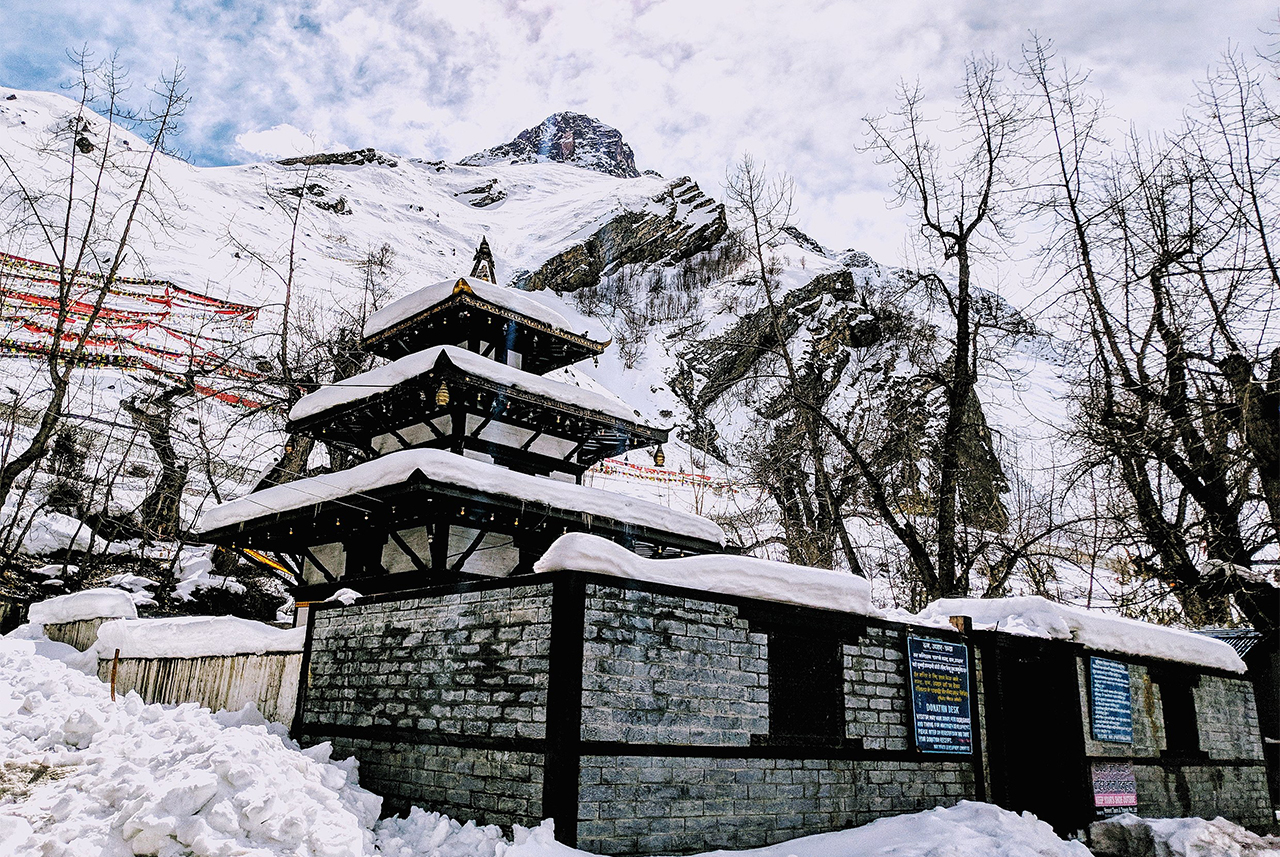World Heritage Sites
UNESCO defined World Heritage Sites as places that belong to all peoples on the planet; Nepal has four properties on the World Heritage list.
Listed 2 Cultural and 2 Natural Sites.
- Kathmandu Valley (Cultural)
- Lumbini ( Cultural)
- Chitwan Natioanl Park ( Natural)
- Sagarmatha Natioanal Park ( Everest/ Natural)
1. Kathmandu Valley
- Pashupatinath Temple ‘Lord of Animals”
Shiva temple in Hinduism Pashupatinath, one of Hinduism’s most important gods, is located on the banks of the Bagmati River.
- Boudhanath “One of the Largest Stupa of the World”
Located in northeastern outskirts of Kathmandu, about 20 minute drive from heart of Kathmandu.
- Swayambhunath “Monkey Temple”
Located on a top hill in the west of Kathmandu Valley, it is primarily a Stupa and one of the old religious complexes where we can see the religious brotherhood between Buddhists and Hindus.
- Kathmandu Durbar Square “The Place Where God still exists”
The former Kathmandu Kingdom’s old royal palace housed the palaces of the city’s rulers, the Malla and Shah kings. In addition to these palaces, the square is surrounded by quadrangles, which reveal courtyards and temples. It is known as Hanuman Dhoka Durbar Square, after a statue of Hanuman, Lord Ram’s monkey devotee, that stands at the palace’s entrance.
- Patan Durbar Square “The Architectural Heritage”
The Square floor is tiled with red bricks and is located in the heart of Lalitpur. The area is densely packed with temples and idols. The main temples are aligned opposite the palace’s western face.
- Bhaktapur Durbar Square “Way back to Culture”
The Bhaktapur Durbar Square is located in Bhaktapur, also known as Bhadgoan, which is 13 kilometers east of Kathmandu. While the complex consists of at least four distinct squares (Durbar Square, Taumadhi Square, Dattatreya Square, and Pottery Square), the entire area is known colloquially as the Bhakapur Durbar Square and is a popular tourist destination in the Kathmandu Valley.
- Changu Narayan “Where Nepal’s History starts”
An ancient Hindu temple on top of a hill near the village of Changunarayan in the Kathmandu Valley’s eastern end. It is 6 kilometers (3.7 miles) north of Bhaktapur and 22 kilometers (14 miles) from Kathmandu.
2. Lumbini (Birth Place of Buddha)
The current Lumbini historic site is 4.8 km (3 mi) long and 1.6 km (1.0 mi) wide. Lumbini’s holy site is surrounded by a large monastic zone in which only monasteries can be built; no shops, hotels, or restaurants are permitted. It is divided into two monastic zones, the eastern with Theravadin monasteries and the western with Mahayana and Vajrayana monasteries.
3. Chitwan National Park (Wildlife Camp)
It was founded in 1973 and designated a World Heritage Site in 1984. It has a land area of 932 square kilometers and is located in the subtropical Inner Terai lowlands of south-central Nepal’s Chitwan District.
Chitwan National Park, Nepal’s first National Park, is one of the country’s most popular tourist destinations.
4. Sagarmatha (Top of the World)
Mount Everest dominates this protected area in the Himalayas of eastern Nepal.


